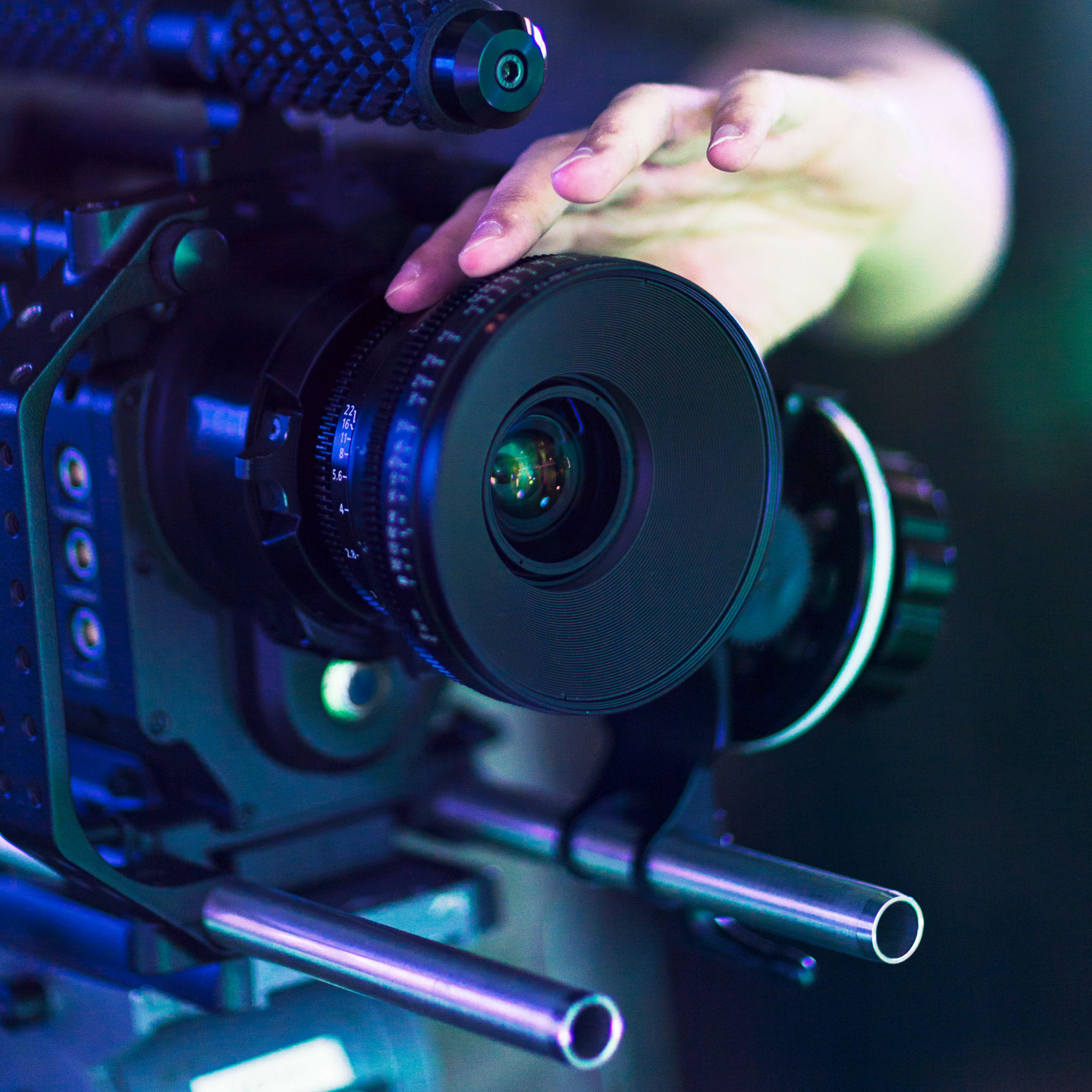Demystifying Cinematography: Common Misconceptions and How to Avoid Them
Understanding Cinematography
Cinematography is often seen as the mysterious craft behind the captivating visuals of films. While it's true that it involves a blend of art and science, many people hold misconceptions about what cinematography truly entails. This can lead to misunderstandings for aspiring filmmakers and enthusiasts alike. In this post, we'll unravel some common misconceptions and provide guidance on how to avoid them.

Misconception 1: It's All About the Camera
One of the most prevalent myths is that cinematography is solely about operating a camera. In reality, cinematography encompasses much more. It involves composition, lighting, movement, and even the color palette of a film. A skilled cinematographer collaborates closely with directors to bring the script to life visually, ensuring that each frame contributes to the story.
To avoid falling into this misconception, it's crucial to understand the role of a cinematographer as a storyteller rather than just a technician. Learning about different elements like lighting design, camera angles, and shot composition can deepen your appreciation and knowledge of the craft.
Misconception 2: High-End Equipment Equals Better Cinematography
Another common belief is that using high-end equipment automatically results in superior cinematography. While high-quality gear can enhance the final product, it's not the sole factor that determines the quality of cinematography. Creativity, vision, and understanding of visual storytelling play a far more significant role.
Amateur filmmakers should focus on honing their skills with whatever equipment they have access to. Mastering techniques like framing, depth of field, and movement can elevate a project just as effectively as expensive cameras or lenses.

Misconception 3: Natural Light Is Always Best
There's a romantic notion that natural light is always preferable in filmmaking. While natural light can indeed create stunning visuals, it is not always practical or suitable for every scene. Cinematographers often use artificial lighting to achieve consistency, control, and desired effects that natural light might not offer.
Understanding when and how to use different lighting setups is essential in cinematography. Experimenting with various lighting techniques can help you learn how to manipulate light to serve the story best.
Embracing the Art of Cinematography
To truly excel in cinematography, it's important to embrace it as an art form. This involves continuous learning and experimentation. Watching films with a critical eye, studying the work of renowned cinematographers, and even attempting to recreate their techniques can provide valuable insights.

Moreover, collaborating with others is a great way to grow as a cinematographer. Engaging with directors, writers, and other crew members helps you understand different perspectives and refine your approach to visual storytelling.
Conclusion
Cinematography is a multifaceted art that goes beyond merely operating a camera or choosing the right equipment. By dispelling these common misconceptions, aspiring filmmakers and enthusiasts can gain a deeper appreciation and understanding of this vital aspect of filmmaking.
Remember, practice and passion are key to mastering cinematography. As you continue on your creative journey, keep exploring and pushing the boundaries of visual storytelling.
